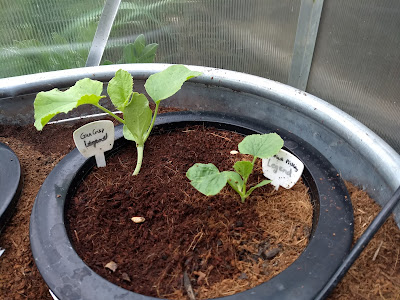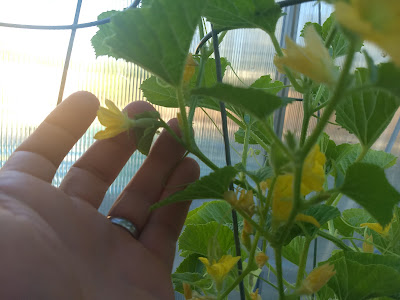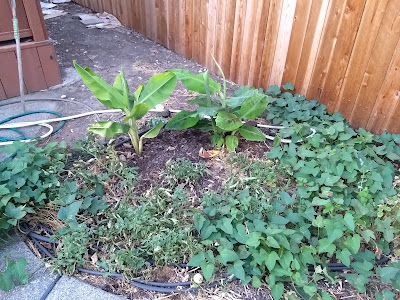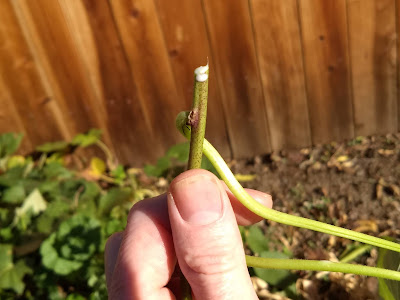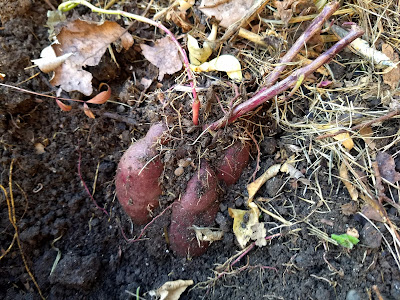In the early days of 2020, for some reason I felt a strong desire to grow bananas. While I had known that it is possible to grow some types of bananas in my climate, I had not been focusing deeply on growing bananas for any period of time. It was just something that felt right at the time, so I found some bananas online and purchased them.
While there are many different kinds of banana trees that I could grow, and there are many different kinds of bananas in the world today, I settled on trying out the regular Chiquita-style banana, the Great Nain. I knew that this particular variety exhibited less cold tolerance than some others, but I felt it was worth it to give it a try.
The banana trees I received were clones that were shipped from Florida. They did alright in the greenhouse for a while. However, after a period of time, they did require planting out. I planted them out once at a time until I planted the last one out.
At first I saw the little plants I set out suffer each time I set it out. One and then the next died. Finally there were only two plants left. One of those began to rot from the inside. I felt nauseous as I contemplated wasting so much time on keeping them alive and then having it end this way.
Fortunately, I had also felt that I should try a new kind of biological fungicide called “Serenade”. I sprayed it on both of the plants and poured some of the diluted mixture on the center of the decaying plant. Within a week, the nearly dead plant began growing out a new middle stalk. Within several weeks that plant produced a couple pups.
While I am
definitely no expert on the best techniques and strategies to growing
bananas in a 9b climate in the Bay Area, I did know that compost helps. I
made sure to add as much healthy compost as I could and the tree
responded with plenty of growth. In addition to compost, the plants
responded well to a combination of regular watering coupled other
amendment – especially nitrogen fertilizer.
By the end of the season, the cold weather became difficult for the trees. The types of fungus and bacteria that are so prevalent in the winter took hold and reduced some of the strength of the older growth on the tree. The only way I was able to stave it off was by utilizing a spray containing Bacillus subtilis strain QST 713. While I would have preferred using clear plastic to protect the plants, during occasional cold spells I encircled the plants with a camping tarp.








